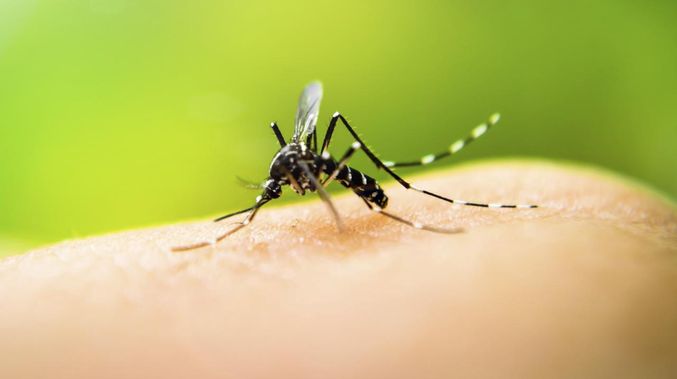There has been a sharp rise in dengue deaths in the state in the last three years. The number of people suffering from the deadly disease has also almost doubled during this time period. From 33 in 2016, deaths from dengue increased to 66, last year.
In an RTI query, filed by Abhay Kolarkar, it has come to the fore that in year 2016, 33 people died of dengue. In yera 2017 the figure went up to 65, and in year 2018, 66 people died due to the disease.
Also, there has been a sharp rise in the number of people suffering from the disease. While in year 2016, total people diagnosed positive for dengue were 6,792, those in year 2018 were 11,038. The total number of patients from year 2016 to year 2018 is reported to be 25,659. Maharashtra remained on the top in the country having maximum number of dengue cases throughout these years.
Dengue is a vector-borne disease that spreads through aedes mosquito. These mosquitoes breed in stagnant water.
However, it is worth mentioning here that except for dengue, a significant decline has been witnessed in the number of people affected from other vector-borne diseases.
The RTI indicated that 26 persons died due to malaria in 2016, 20 in 2017 and 13 in 2018. Noted that during this period, the number of affected people decreased almost by half. However in 2016 the number of people affected by Malaria was 23,983 which plummeted to 10,757 in 2018. Noted that in India, maximum number of Malaria cases have been reported in states like Chhattisgarh, Jharkhand, Odisha.
Here, it is pertinent to note that Maharashtra government spend 53,71,330 in the course of three years from 2016-2018 under a programme ‘Malaria control programme-State Sector’. Whereas under the ‘Malaria programme (Local sector)’, around 36.34 lakh has been spent.
Noted that the National Vector Borne Disease Control Programme (NVBDCP) is an umbrella programme for the prevention and control of Malaria, Dengue, Chikungunya, Kala-azar, Lymphatic Filariasis and Acute Encephalitis Syndrome (AES)/ Japanese Encephalitis (JE) in India there are 9 kinds of vector borne diseases; Chikangunia, Acute Encephalitis Syndrome (AES) and Japanese Encephalitis (JE), Filaria, Plague, Chandipura, Kala Aazaar (black fever), Malaria and Dengue.
As per the RTI, a total of 64 people died from these diseases in state in year 2016, 86 in 2017 and 81 in 2018.
As far as elephantiasis/filaria is concerned, no deaths have been reported in these years. However, 126 people were reported to be suffering from it in 2016, 144 in 2017 and 161 in 2018.
Through the Filaria control programme, government spend a total of 11,15,755 funds to curb the disease from year 2016 to 2018.
State second in Chikungungya
Maharashtra is second top most state in country to have registered maximum number of chikungunya cases from last three year. After Karnataka, which notified 77,904 people suffering from chikungunya, Maharashtra registered 17,097 such cases, second highest in country. However, from past three years no deaths have been notified in State.
The cases have doubled may be because there are four type of dengue virus; from type 1 to type 4. Each one has a different bearing on transmission and fatality of the disease. If suppose in a particular year, person gets dengue of type 1 than he/she gains lifelong immunity from it. But, if the other year, type 2 dengue is prevalent in the surrounding, the person is not immune to it and there they comes into the danger zone. Also, public participation is must. Its a request to them to remove the breeding habitat of mosquitoes which includes stagnant water, eg cooler tanks. Atleast change the water every week.
👉 Click here to read the latest Gujarat news on TheLiveAhmedabad.com



